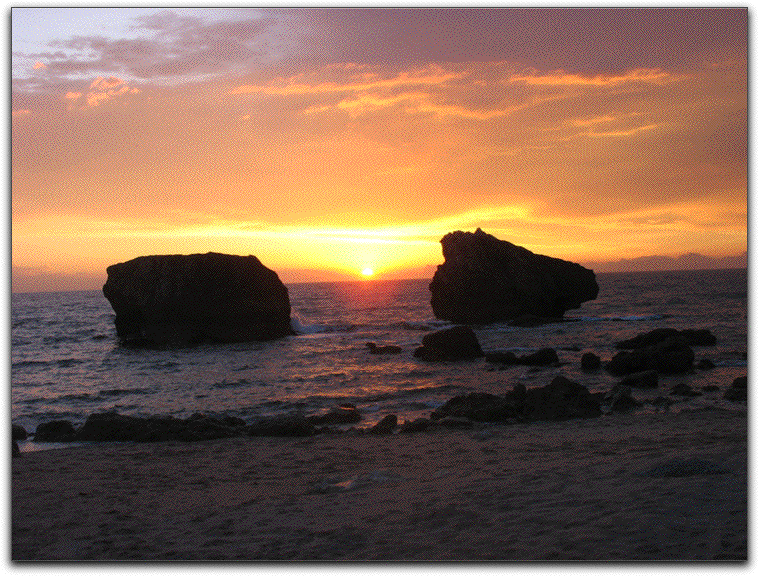
[with flash:]
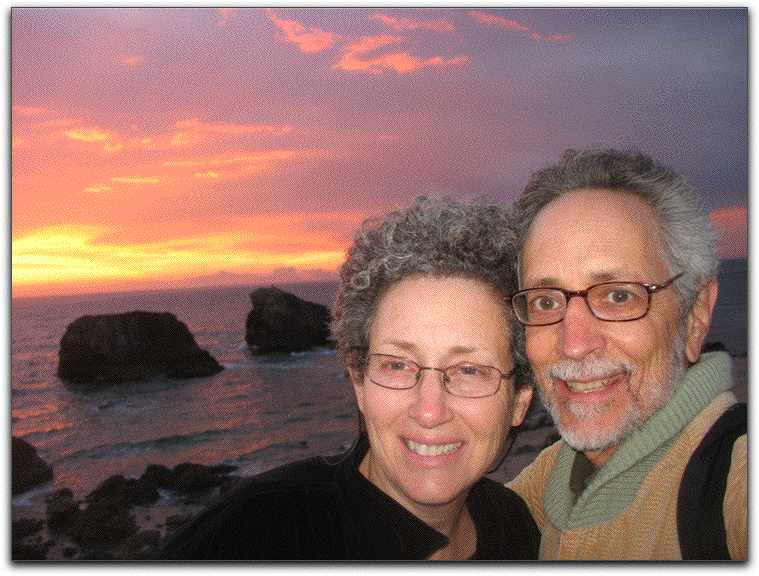
[without flash:]
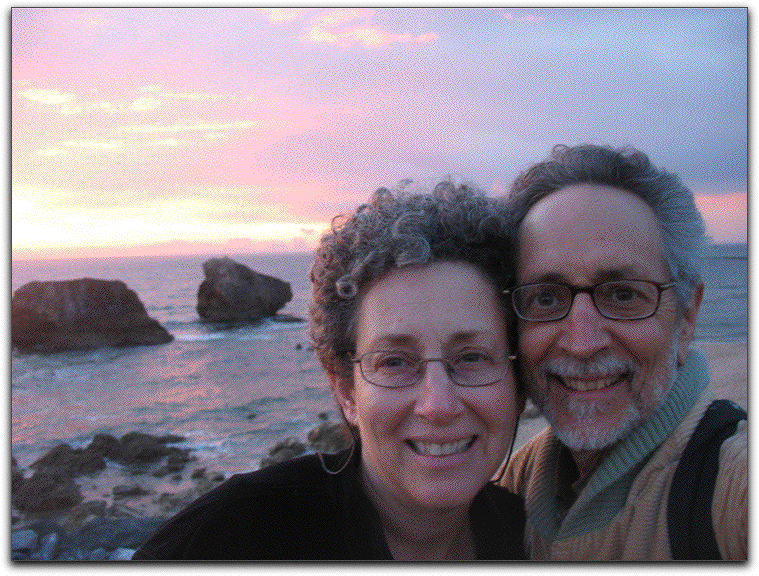
We did not stay here:
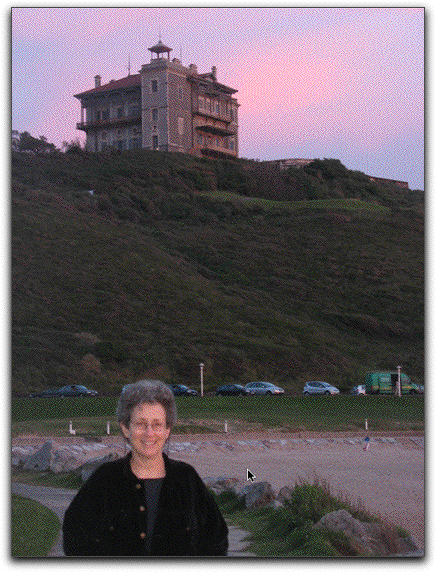
but here (the building in the previous photo is behind the tree):
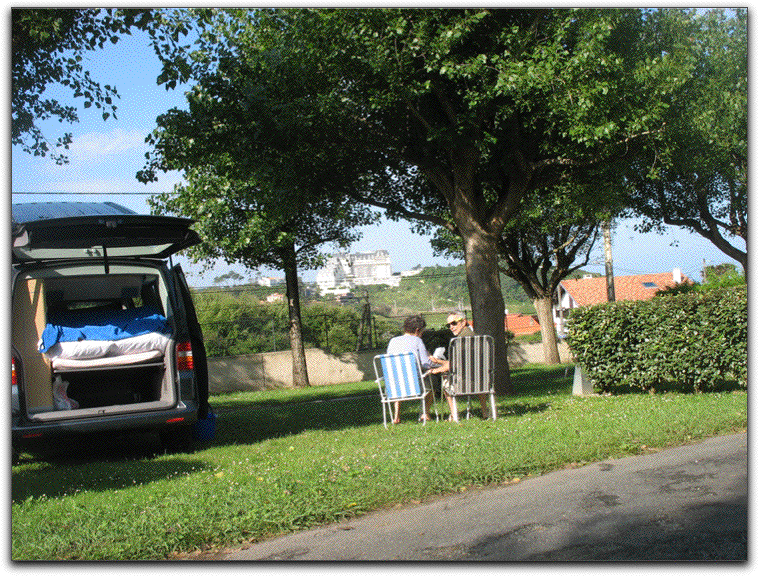
An often-repeated story suggests that Portuguese Conversos or New Christians — Spanish Jews who converted to Catholicism, then moved to Portugal and then were expelled from Portugal — brought the manufacture of chocolate to France via Bayonne. We first encountered this story while in Paris in March of 2006 in one of shops of the “L’Atelier du Chocolat de Bayonne.” Intrigued, Debbie began her search for the connection between chocolate and Jews. This made Bayonne, and its neighboring Biarritz, an important stop on our trip.
Arriving in Bayonne near the end of siesta on Sunday, we scouted out some of the old town, noticed the chocolate shops we would visit later and found a list of camp sites. We settled in near the southern edge of Biarritz, very close to the lovely promenades of Biarritz.
After dinner and a thunderstorm we walked down to the shore. The sunset was too beautiful not to share:

[with flash:]

[without flash:]

We did not stay here:

but here (the building in the previous photo is behind the tree):

That first day we walked into town and saw the Biarritz chocolate museum Planete Musee du Chocolat. Then, “downtown” we checked in at all the chocolate stores, including Henriet. This company is owned by the man who runs the Biarritz chocolate museum. We enjoyed one of the best chocolates we’ve had: orange-flavored dark chocolate covering large chunks of almonds and tiny pieces of oranges.
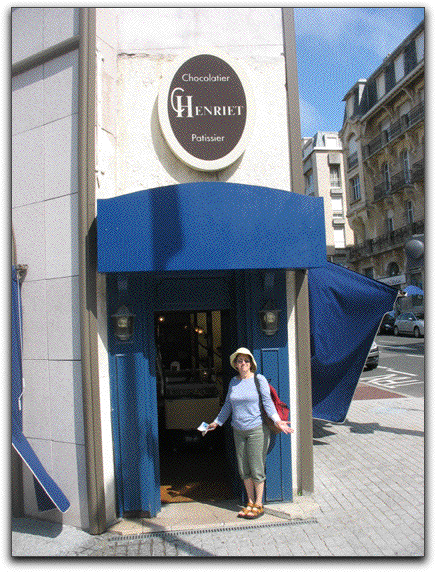
Before heading back along the beach, Debbie searched for books on the history of the area.
There is a museum of the history of Biarritz that we visited our second day. It contains a wide assortment of items in a hodge-podge arrangement, but nothing of particular interest to either of our primary interests. From there we drove back to Bayonne and went to the municipal library. There Debbie was able to find a lot of materials that they allowed us to photocopy. The process was a bit odd. You need to get the card with a max allowed on the one time use card…
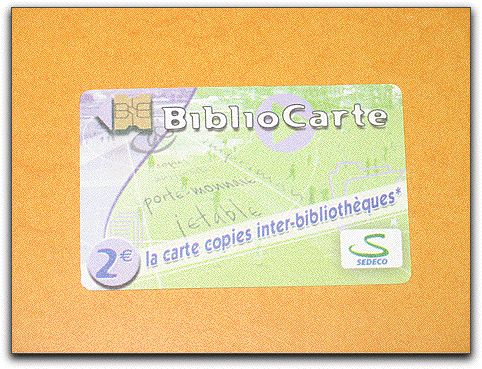
by depositing Euro coins in the box on the right. Then you insert the card into the little machine between to its left. That enables you to make the copies.
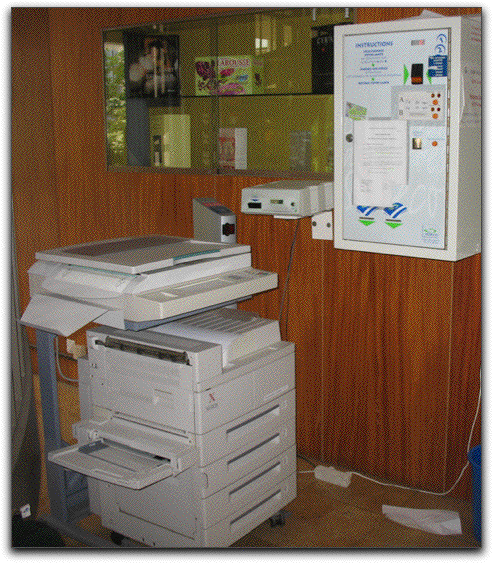
Mark did not have enough coins so he had to search in town for a bank that would give him change. People did not understand that he did not want to “change money” (i.e. dollars to euros), but wanted to “get change.” His French was severely taxed, and he was surprised at how many “banking” types of institutions could not give him change.
In the end he was able to get enough coins for us to make copies of every document we could find that dealt with Jews and/or chocolate in the the Biarritz/Bayonne area. Some of these are copies of older geneological works or lists of who had what kinds of businesses or chapters of the book by Henri Leon who wrote a book about the history of the Jews in Bayonne. Of course, all of this is in French and it will take some time to digest.
Just outside the library we found a cute idea we’ve seen in a couple other cities, but, so far, only in France.
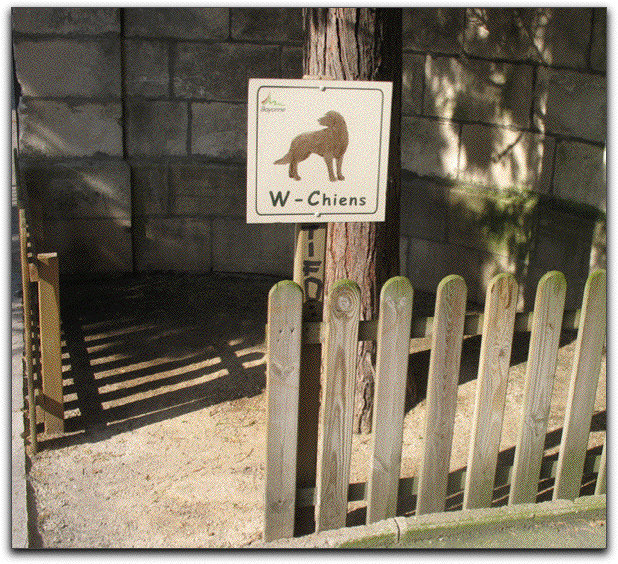
At one time in the early 1900s Biarritz had a significant Jewish population. One or two blocks inland from the coast and close to the center is the Orthodox church. Two more blocks in from there, we found the little synagogue.
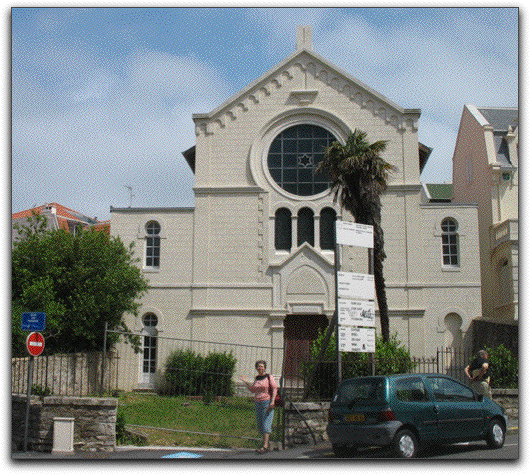
From the outside, the synagogue seems like it could hold only a few hundred people. So, clearly a very small proportion of the Jewish population was ever deeply involved when it was built in 1904. The “motto,” from Leviticus 19:19 is “Love your neighbor as yourself.”
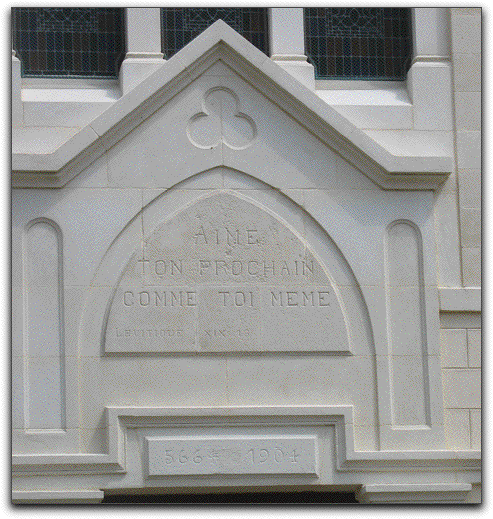
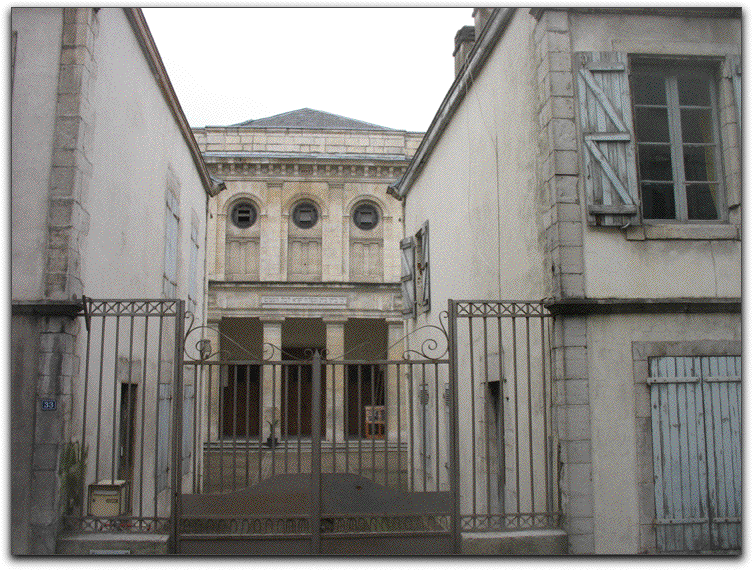
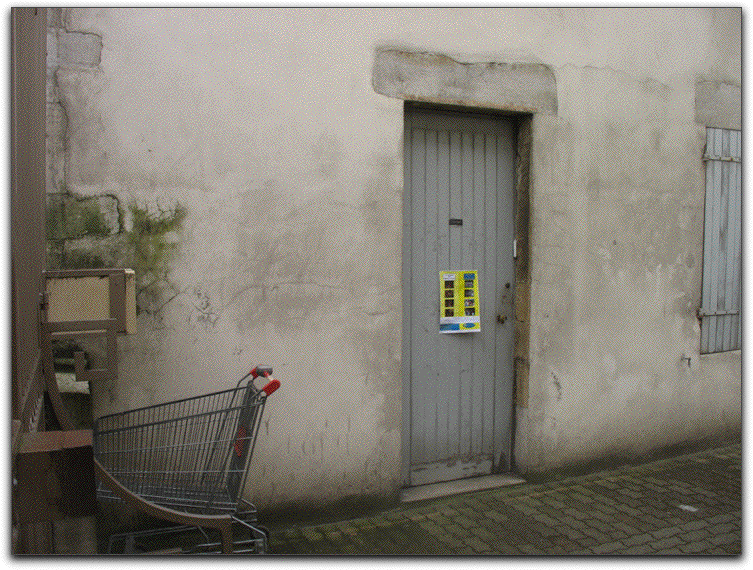
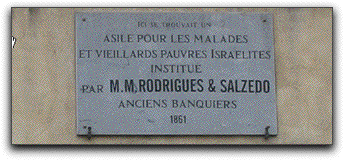
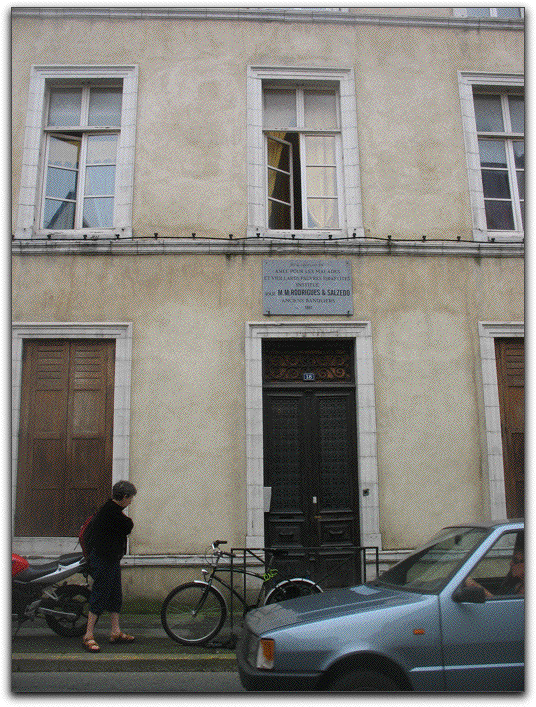

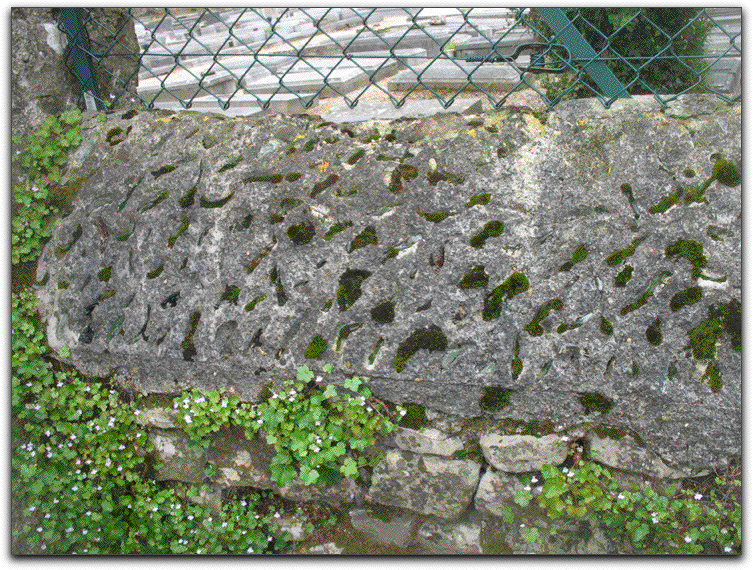
One of the “ur-texts” about Jews, chocolate and Bayonne refers to Abraham Andrade who lived on Orbe Street…
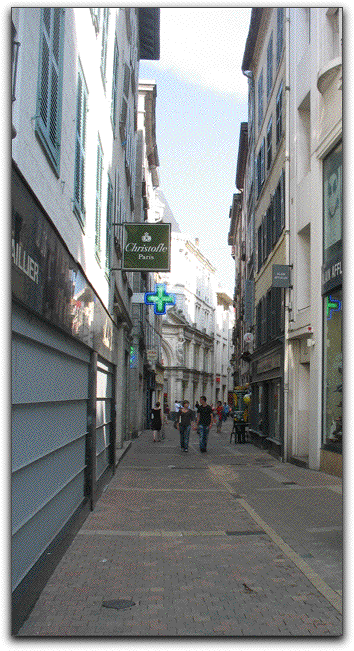
…in a building that may have looked like this:
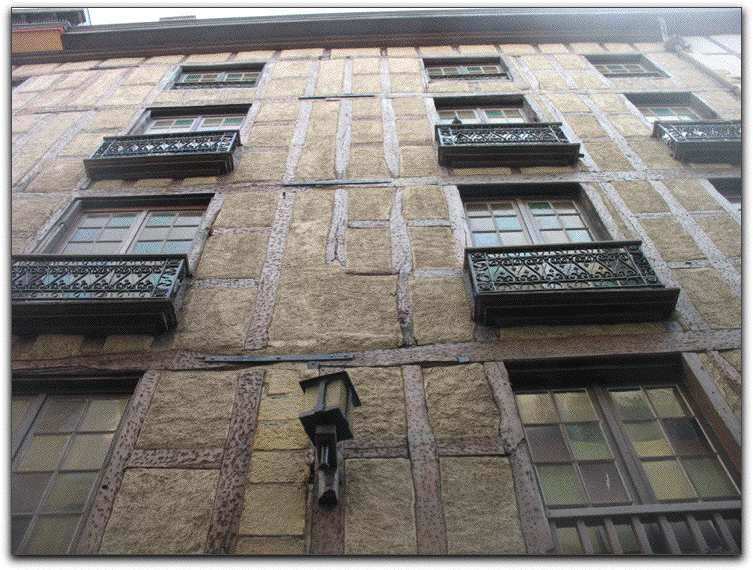
to make chocolate, even though Jews were not (at the time) permitted to make chocolate there.
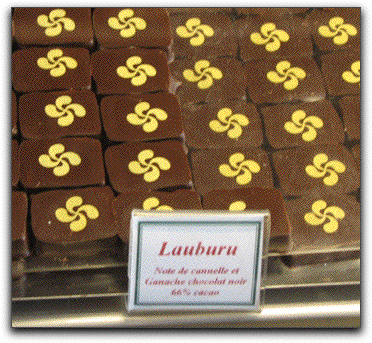
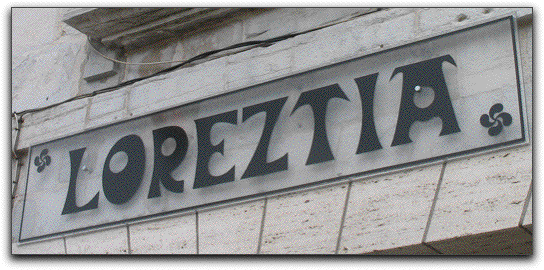
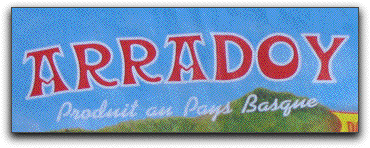

Before we left for our next destination we went to the local Carrefours to get an adapter for France (the one given to us by the good people in the Sheraton in Cairo works in Spain, but not France) and a few other necessities. We were a bit surprised to see an entire, though admittedly small, refrigerated section of kosher foods.
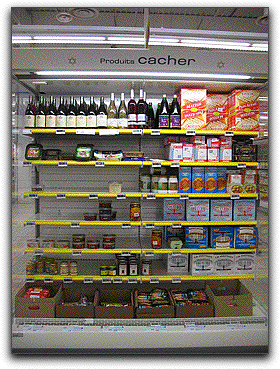
We don’t know who the intended market is.